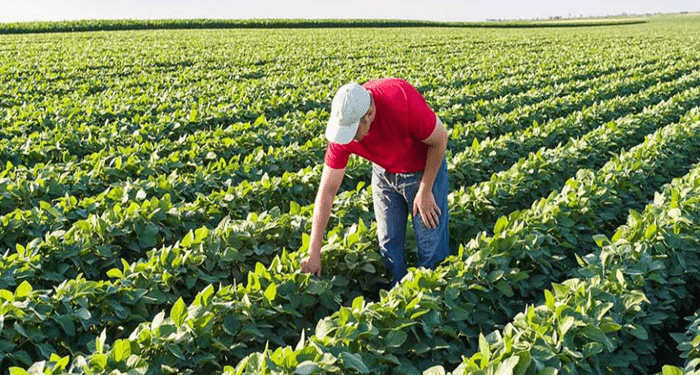In recent years, the agriculture industry has experienced and will continue to experience various shifts in practices due to climate challenges. Many agriculture experts are seeing a focus on sustainability in an effort to foster a more productive, efficient and profitable future for the industry. This is important in order to sustain the growing population and the need for increased food production. Agroforestry is defined by the Food and Agriculture Organization (FAO) as a “holistic and integrated approach that simultaneously applies ecological and social concepts and principles to the design and management of sustainable agriculture and food systems.” Some of the solutions agroecology seeks to solve are food insecurity, poverty alleviation, climate change resilience and biodiversity integration. Agroecology is multifaceted and comprehensive, so let’s discuss one component, and focus on some of the practices involved in integrating biodiversity into farming systems.
Biodiversity
Integrating biodiversity into farming systems is important for many reasons, including improving soil health, providing different types of crops in one area, providing pollinator species, improving climate adaptation, and pest control. Integrating biodiversity also equips farmers with valuable information on which crops need to be rotated and which crops grow best in their particular environment. Agriculture experts recognize the need to foster biodiversity in order to see increased yields and sustainability worldwide. The FAO reports that agriculture land per capita has decreased by more than 50 percent globally. This means that farmers must produce more food with less land available. This effort takes great collaboration among agribusinesses and farmers to utilize various technologies and techniques that will improve biodiversity.
Farming Practices
There are many practices farmers can implement to increase biodiversity. These practices are often referred to as regenerative agriculture. Examples of regenerative agriculture practices that improve biodiversity are broadening plant diversity, cover crops, less or no tillage, integrating livestock, and integrated pest management. Experts explain that implementing these practices brings a trickle-down effect of benefits because by improving soil health, water retention and infiltration improves, organic soil matter increases, and nutrient mineralization is improved. Additionally, these regenerative practices can decrease the need for synthetic inputs as well as an increased resilience to drought, heavy rainfall and pests.
Biological products are another tool farmers can use when increasing biodiversity and considering sustainability. They are products that are naturally derived, meant to help farmers improve soil health. Some of the benefits experts report include stimulating, enhancing, feeding and shifting the microbiome as well as leveraging the microbiome to provide supplemental nitrogen.
Fostering sustainable agriculture and food systems requires effort from all stakeholders in the agriculture industry. Agroecology’s holistic and integrated approach focuses on the ways agriculture can become more sustainable while also maintaining and increasing food production. Increasing biodiversity and integrating it into farming systems is vital to the mission of agroecology. Applying agroecological principles is not linear, but the goal of sustainability remains at the core. An effort from innovators, agribusinesses, farmers and ranchers for a more sustainable future is vital to feeding the world.








